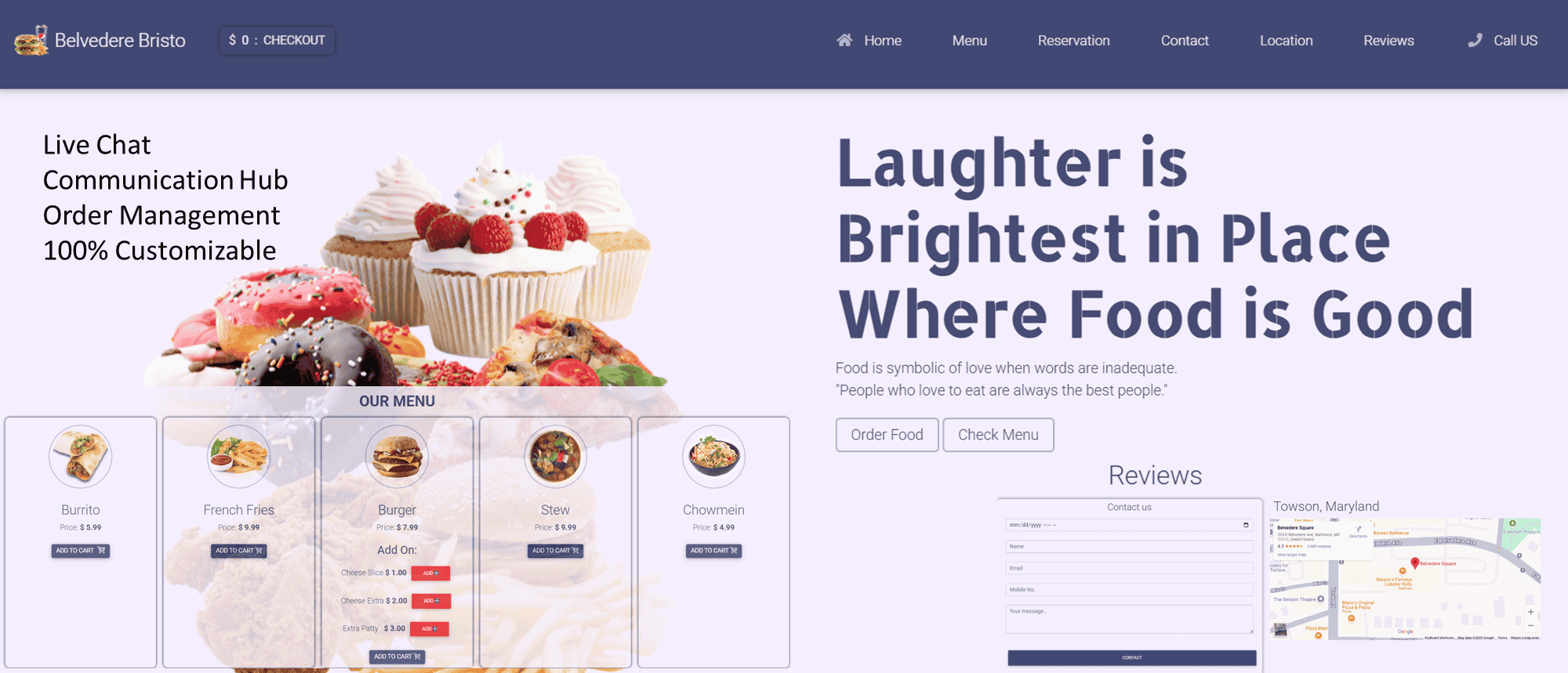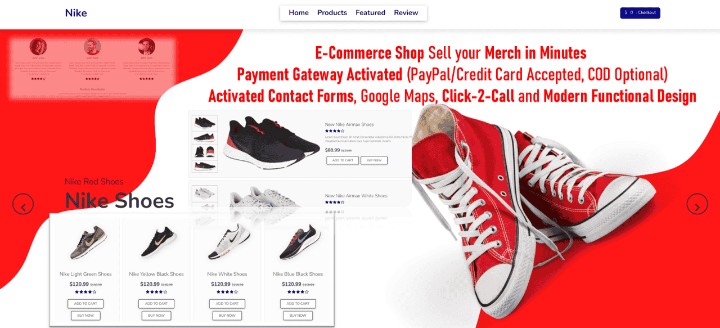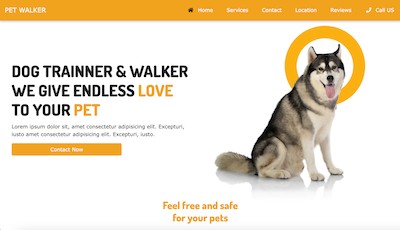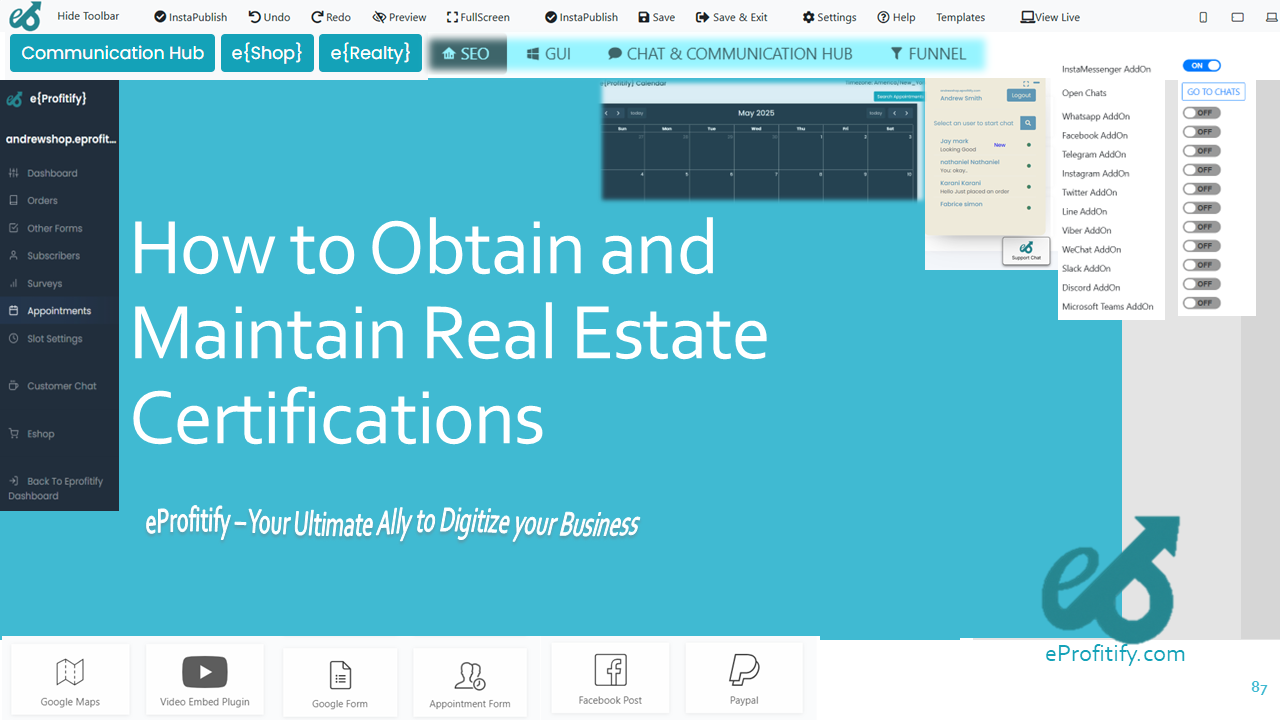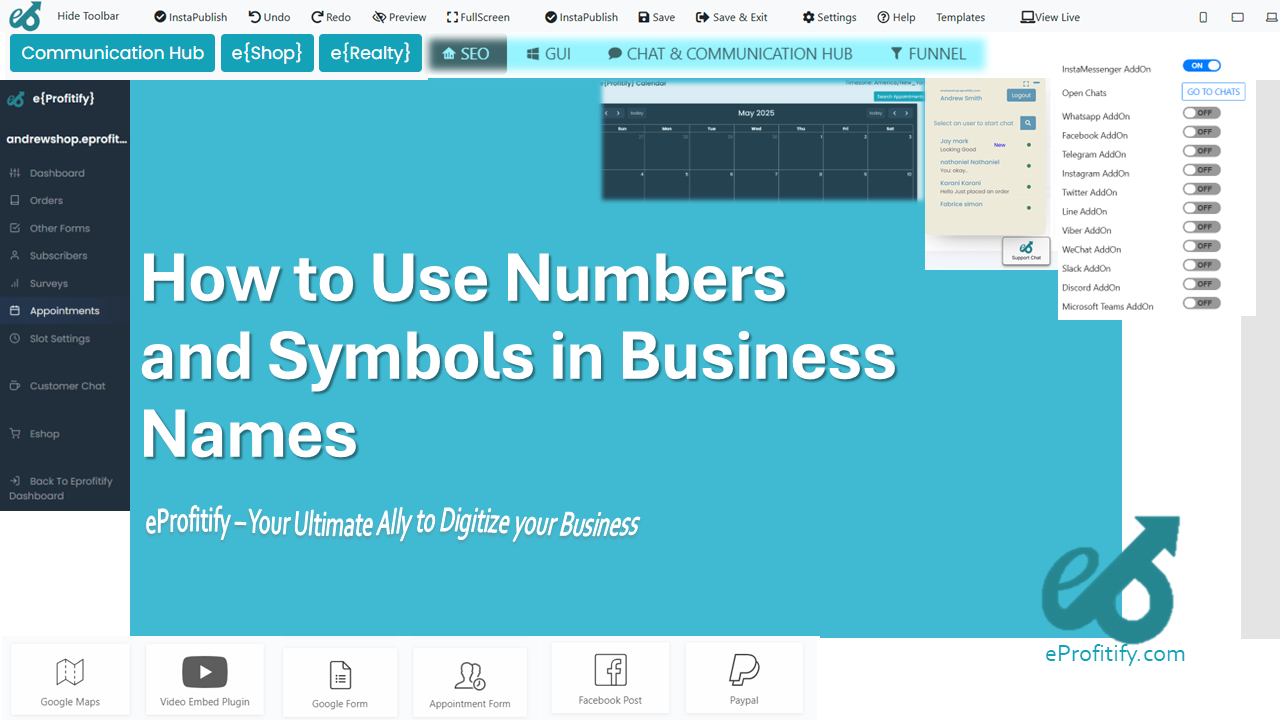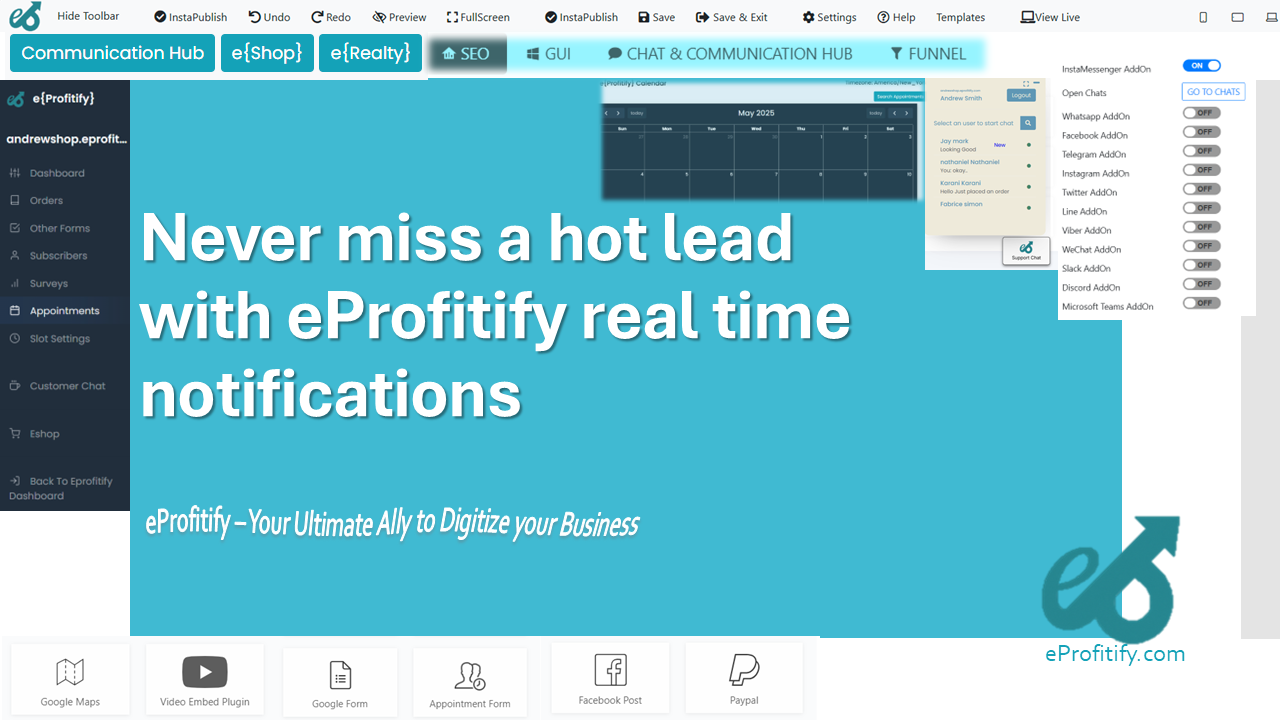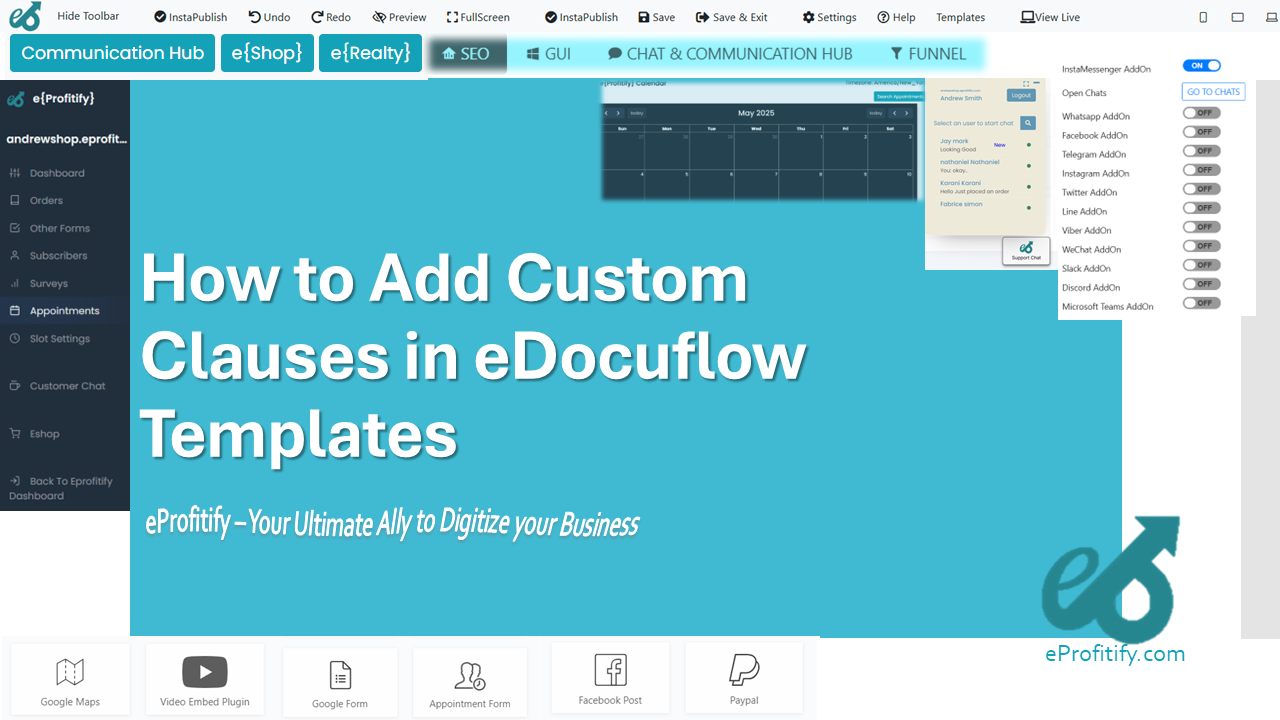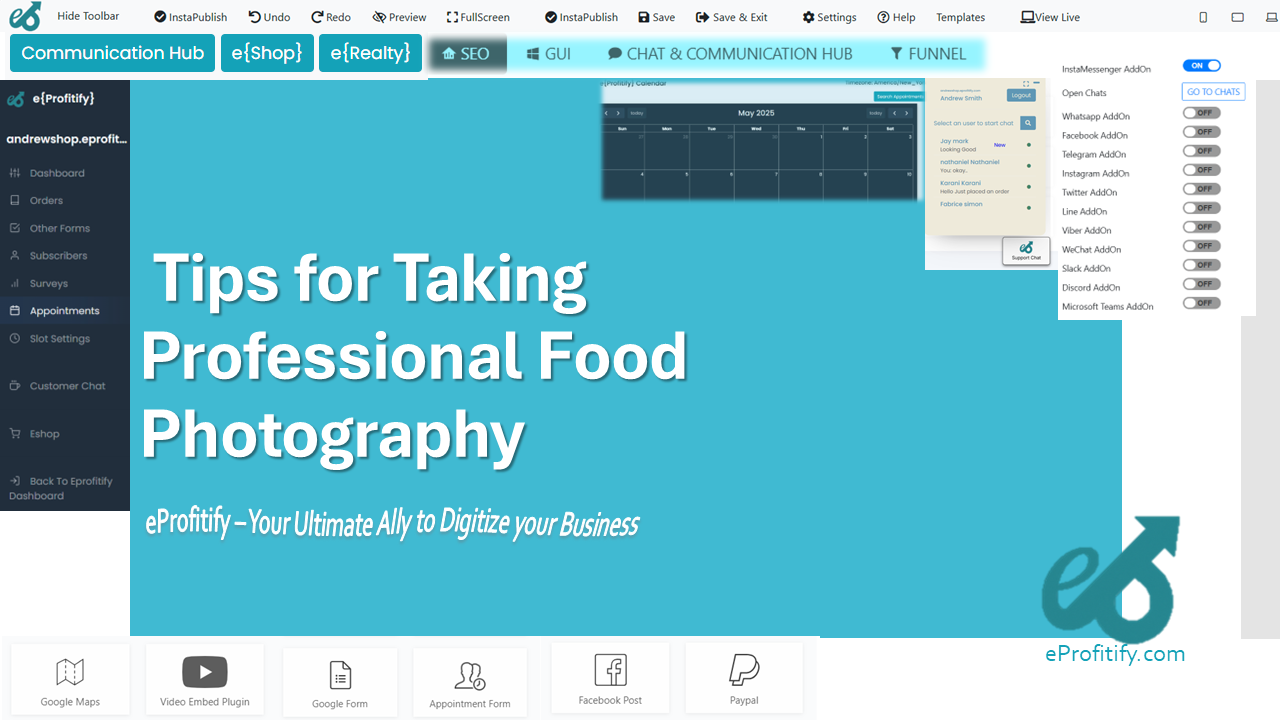How to Use eDocuflow to Collect Customer Consent
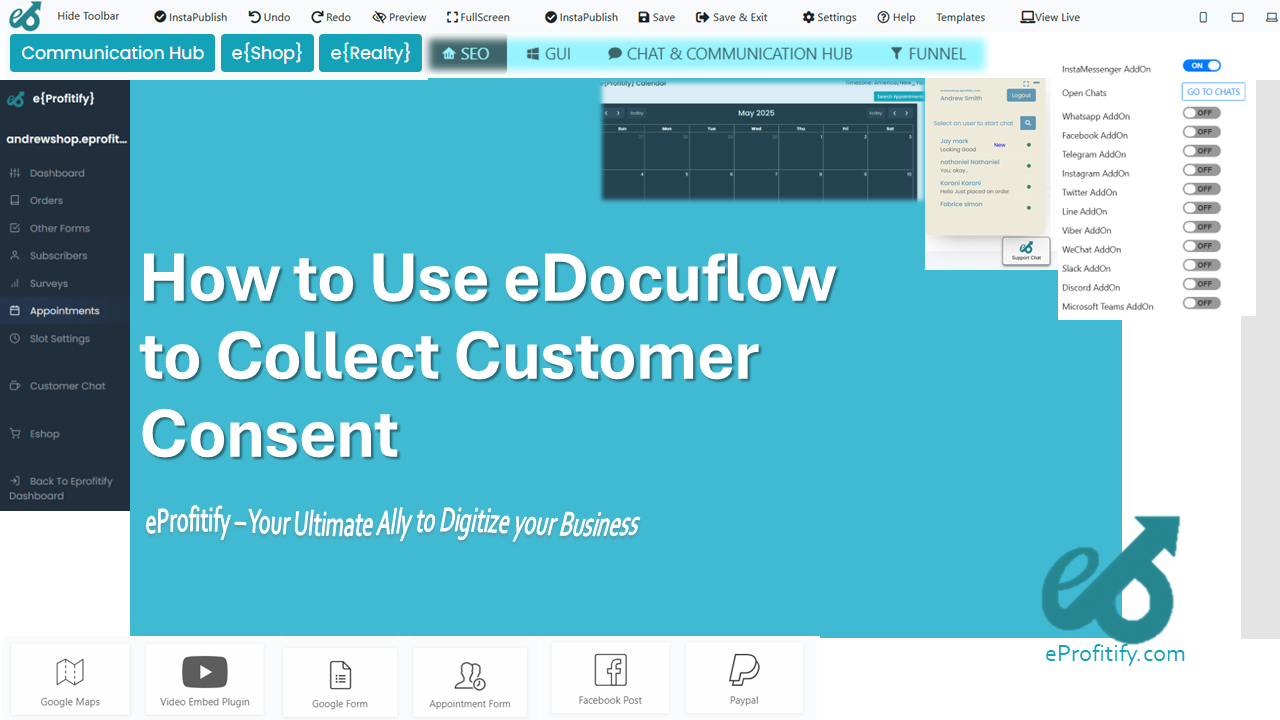
Schedule a LIVE Zoom call with an eProfitify Expert.
How to Use eDocuflow to Collect Customer Consent
In today’s digital landscape, obtaining explicit customer consent is not just a legal requirement but a cornerstone of trust and transparency. Regulations like the GDPR (General Data Protection Regulation) and CCPA (California Consumer Privacy Act) mandate businesses to securely capture, manage, and store customer consent data. Non-compliance can lead to hefty fines — up to €20 million or 4% of global revenue under GDPR. In this context, eDocuflow emerges as a powerful tool to streamline consent management while integrating seamlessly with platforms like eprofitify, a leading website publishing and management solution.
The Importance of Customer Consent Management
Modern consumers demand control over their data. A 2023 survey by CISCO revealed that 81% of customers consider transparency around data usage a critical factor in trusting a brand. Meanwhile, IBM’s 2022 report highlighted that the average cost of a data breach surged to $4.35 million, with non-compliance penalties being a key contributor. Effective consent management mitigates these risks by ensuring businesses:
- Capture explicit opt-in permissions.
- Maintain audit trails for regulatory compliance.
- Allow customers to easily update or withdraw consent.
Key Features of eDocuflow for Consent Management
eDocuflow simplifies compliance through automation and user-friendly workflows. Below are its core features:
-
Customizable Consent Forms
Create dynamic forms tailored to specific campaigns or regional laws. Templates support multi-language options and granular consent categories (e.g., email newsletters, data sharing with third parties). -
Timestamped Audit Trails
Automatically record the date, time, and IP address of consent submissions to validate compliance during audits. -
Automated Renewal Reminders
Schedule prompts for reconsent when policies change or consent periods expire. -
Secure Data Storage
Encrypt and store consent records in GDPR-compliant databases with role-based access controls. -
Integration Capabilities
Connect eDocuflow with CRM systems, marketing tools, or platforms like eprofitify to synchronize consent data across workflows.
Step-by-Step Guide to Using eDocuflow
1. Design Consent Forms
Use eDocuflow’s drag-and-drop editor to build forms that match your brand’s aesthetics. Add checkboxes, dropdowns, or sliders for explicit opt-ins. For instance, an ecommerce site could embed a form during checkout to request permission for promotional emails.
2. Configure Consent Types
Define consent categories (e.g., analytics cookies, SMS marketing) and link them to specific forms. This granularity ensures adherence to regulations requiring purpose-specific consent.
3. Embed Forms Across Channels
Integrate forms into websites, mobile apps, or email campaigns using eDocuflow’s embed codes. Platforms like eprofitify simplify this process with built-in widgets, ensuring seamless user experiences.
4. Automate Record Keeping
eDocuflow auto-generates audit logs for each submission, including user identifiers and consent scope. These logs are stored in centralized dashboards for easy retrieval.
5. Enable Self-Service Portals
Allow customers to review or revoke consent through branded portals. A 2022 Gartner study found that 67% of consumers prefer self-service tools for managing privacy settings.
6. Sync with Third-Party Tools
Leverage eDocuflow’s API to connect with CRM platforms, email marketing software, or eprofitify’s suite of tools (e.g., CRM, appointment management) to ensure consent data informs every customer interaction.
Statistics Highlighting Consent Management Challenges
- 84% of businesses report difficulty in tracking consent across multiple systems (Forrester, 2023).
- GDPR fines reached €2.92 billion in 2023, a 56% YoY increase (DLA Piper).
- 72% of consumers have abandoned purchases due to unclear data practices (PwC, 2022).
Enhancing Workflows with eprofitify
While eDocuflow addresses consent management, eprofitify complements it as an all-in-one platform for website publishing and business automation. Key features include:
- Instant Messaging: Engage customers in real-time while flagging unconsented interactions.
- Appointment Management: Sync consent statuses to personalize booking experiences.
- E-commerce Integration: Automatically apply consent preferences to transactional workflows.
- CRM: Track consent history alongside customer behavior to refine marketing strategies.
For example, a healthcare provider using eprofitify can use eDocuflow to capture patient consent for telemedicine appointments, then auto-sync this data to manage bookings and follow-ups within the same ecosystem.
Conclusion
eDocuflow revolutionizes consent management by automating compliance, reducing human error, and fostering customer trust. When combined with eprofitify’s robust tools for website management, instant communication, and sales automation, businesses gain a holistic solution to navigate regulatory complexities while delivering personalized experiences. As data privacy regulations evolve, integrating these platforms ensures scalability, security, and sustained customer loyalty.
